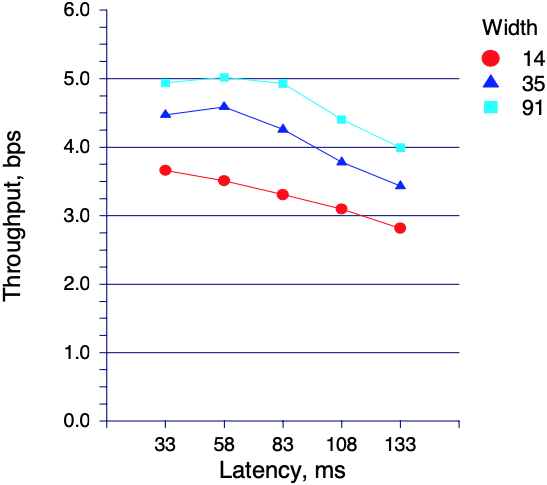
The Tradeoff Between Spatial Jitter and Latency in Pointing Tasks Inproceedings
Andriy Pavlovych, Wolfgang Stuerzlinger
Abstract:
Interactive computing systems frequently use pointing as an input modality, while also supporting other forms of input such as alphanumeric, voice, gesture, and force.We focus on pointing and investigate the effects of input device latency and spatial jitter on 2D pointing speed and accuracy. First, we characterize the latency and jitter of several common input devices. Then we present an experiment, based on ISO 9241-9, where we systematically explore combinations of latency and jitter on a desktop mouse to measure how these factors affect human performance. The results indicate that, while latency has a stronger effect on human performance compared to low amounts of spatial jitter, jitter dramatically increases the error rate, roughly inversely proportional to the target size.The findings can be used in the design of pointing devices for interactive systems, by providing a guideline for choosing parameters of spatial filtering to compensate for jitter, since stronger filtering typically also increases lag. We also describe target sizes at which error rates start to increase notably, as this is relevant for user interfaces where hand tremor or similar factors play a major role.
